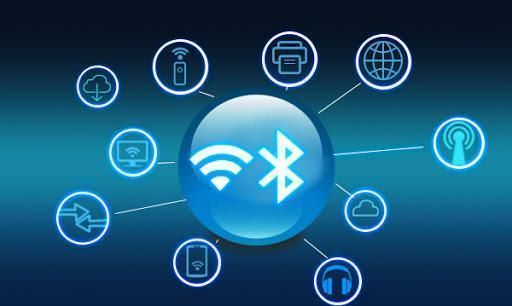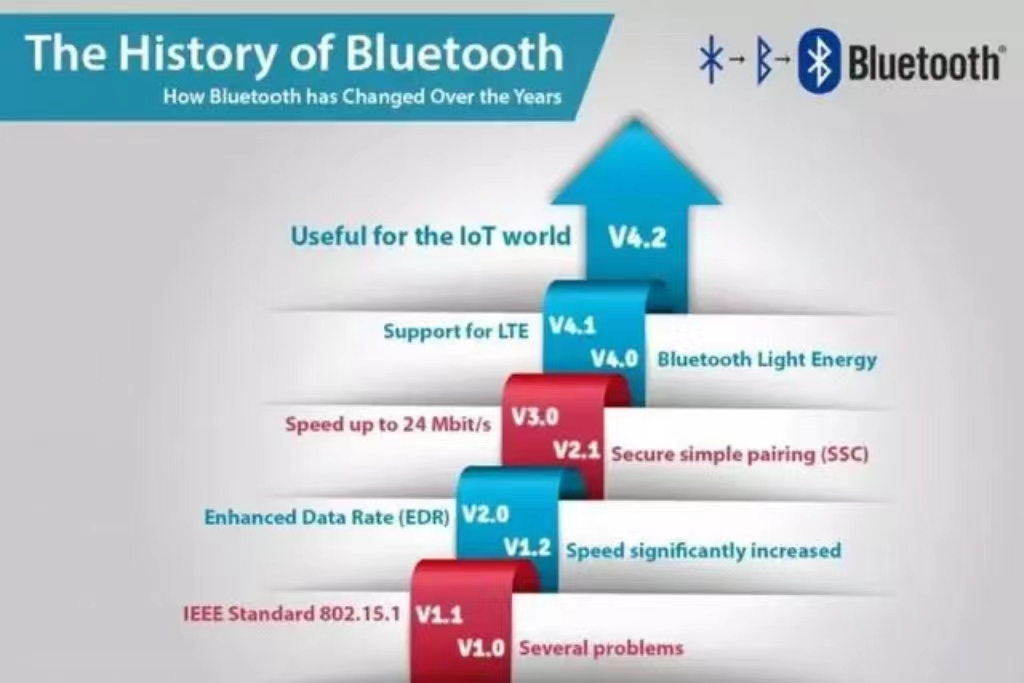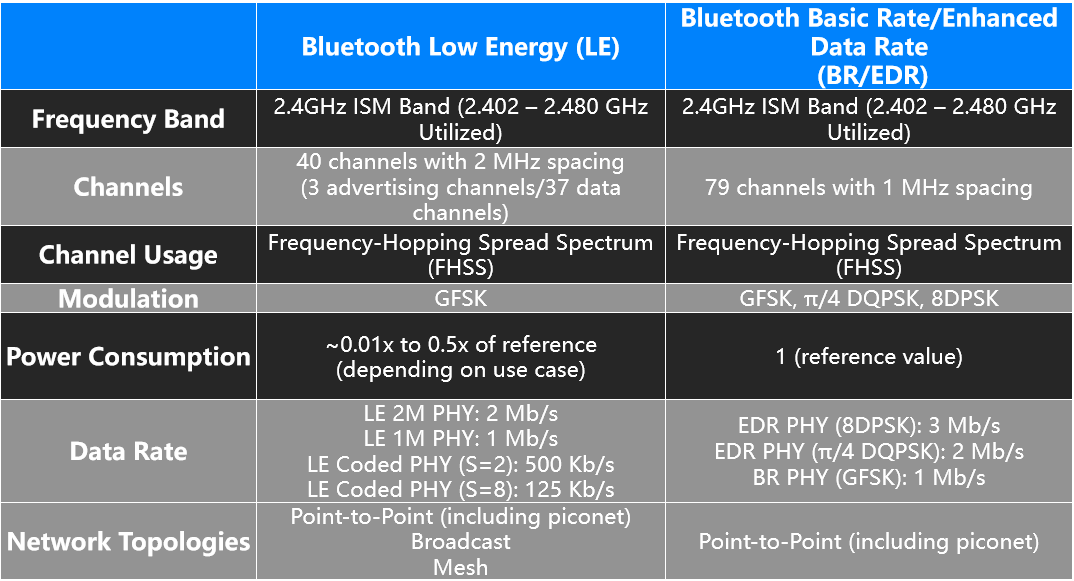+86 134 0021 8776
+86 134 0021 8776
May. 23, 2023
Bluetooth is a low power and low cost radio technology that supports short distance communication between devices. It uses short-range wireless links instead of dedicated cables for mobile operation indoors or outdoors. So why is this technology called Bluetooth? What kind of development has it gone through?

The origin of Bluetooth
"Bluetooth" was originally a king, HaralBluetooth, who unified Denmark in the 10th century, uniting Sweden and Finland with Denmark. It was JimKardach, an engineer at Intel, who linked Bluetooth to what would become a standard for wireless communications. He proposed at a wireless industry conference that "Bluetooth" be the name of the standard for wireless technology. Naming the new technical standard by "Bluetooth" implies unifying a fragmented landscape.
In 1998, Toshiba, Ericsson, IBM, Intel and Nokia jointly proposed a technical standard for NFC digital communications. The Bluetooth standard is officially formed.

The history of Bluetooth technology
1.First generation Bluetooth
Bluetooth 1.0 standard: Released in 1999, with a transmission rate of about 723.1Kbit/s and communication distance of about 10 meters, Bluetooth 1.0 has many problems and has not been widely used.
Bluetooth 1.1 standard: Published in 2001, officially included in the IEEE 802.15.1 standard, this standard defines the physical layer (PHY) and media access control (MAC) specifications for wireless connections between devices, vulnerable to product interference between the same frequency, affecting the quality of communication.
Bluetooth 1.2 standard: Released in 2003, transmission rate 748~810Kb/s, increased anti-interference frequency hopping function
2.Second generation Bluetooth
Bluetooth 2.0 standard: Released in 2004, the Enhanced Data Rate (EDR) technology began to support duplex mode by improving multitasking and the ability to run multiple Bluetooth devices simultaneously.
Bluetooth 2.1 standard: Released in 2007, Bluetooth SIG officially approved the Bluetooth 2.1 core specification, namely "Bluetooth 2.1+EDR" adds power saving function in a Sniff Subrating to significantly reduce the workload of Bluetooth chips.
3.Third generation Bluetooth
Bluetooth 3.0 standard: Released in 2009, Bluetooth SIG officially promulgated a new generation standard specification, Bluetooth 3.0, which increased the data transfer rate to approximately 24Mbps.
4.Fourth generation Bluetooth
Bluetooth 4.0 Standard: Bluetooth 4.0 is the first Bluetooth comprehensive protocol specification to date, integrating three specifications together. One of the most important changes is Bluetooth Low Energy (BLE) low power. Starting with the Bluetooth 4.0 protocol, later versions include both Bluetooth Classic and Bluetooth Low Power modes.
Bluetooth 4.1 standard: Released in 2013, it improves connection speed and intelligence, and also improves transmission efficiency.
Bluetooth 4.2 standard: Released in 2014, it has enhanced security and improved data transfer speed, which is 2.5 times faster than the previous generation.
5.Fifth generation Bluetooth
Bluetooth 5.0 standard: Has faster and farther transmission capability in low power mode, twice the transmission rate of Bluetooth 4.2 (speed limit is 2Mbps), 4 times the effective transmission distance of Bluetooth 4.2 (up to 300 meters in theory), and 8 times the packet capacity of Bluetooth 4.2.
Bluetooth 5.1 standard: Released in January 2019, new direction finding function (AOA/AOD) is added to improve the accuracy of Bluetooth positioning to centimeter level.
Bluetooth 5.2 standard: Released in December 2019, three new major features: enhanced ATT protocol, LE power control, and LE synchronization channel provide the basis for Bluetooth low power audio solutions.
Bluetooth technology classification
Starting with the Bluetooth 4.0 protocol, subsequent versions include both Bluetooth Classic and Bluetooth Low Power. Classic Bluetooth and Bluetooth Low Power are two completely different technologies that do not communicate with each other.
Bluetooth Classic: Basic Rate/Enhanced Data Rate Bluetooth (BR/EDR) uses adaptive frequency hopping to transmit data over 79 channels.
Bluetooth Low Energy: First proposed in Bluetooth 4.0 protocol, Bluetooth low power is designed for extremely low power operation. The technology adopts frequency-hopping spread spectrum method and supports data transmission over 40 channels.

Hot Products
Navigation
+86 134 0021 8776
Floor 9, Aupu building, No. 395 XinShi North Road, Shijiazhuang Hebei, China
Request a Quote
